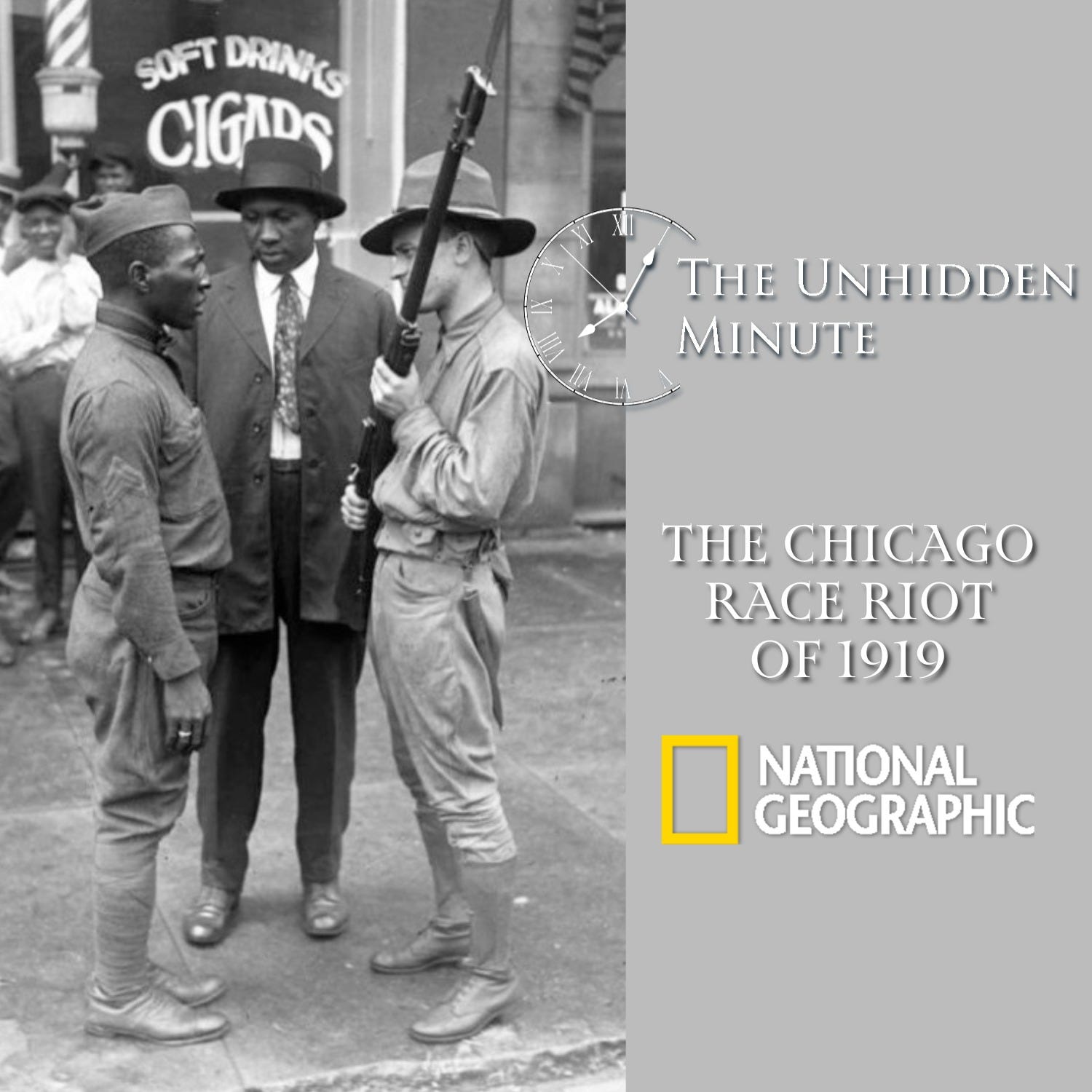The Chicago Race Riot of 1919
- Author
- The Joy Trip Project
- Published
- Tue 29 Jul 2025
- Episode Link
- https://jamesedwardmills.substack.com/p/the-chicago-race-riot-of-1919
The Chicago Race Riot of 1919 erupted on July 27 in the Bronzeville neighborhood along the shores of Lake Michigan. A Black teenager, Eugene Williams, drowned when white beachgoers threw rocks at him for drifting into a whites-only swimming area. When police refused to arrest the white perpetrator, long-simmering racial tensions exploded into violence. For eight days, white and Black residents clashed in deadly street battles throughout Chicago’s South Side. The epicenter of the unrest was Bronzeville, home to much of the city’s Black population. Thirty-eight people were killed—23 Black and 15 white—and more than 500 were injured. Thousands of Black families were displaced as mobs burned homes and businesses. One of the worst incidents of the Red Summer of 1919, the riot highlighted the consequences of segregation, discriminatory policing, and job competition. The violence marked a turning point, as Black Chicagoans demanded equal protection and laid the groundwork for future civil rights advocacy.
The Joy Trip Project celebrates American History. The Unhidden Minute is part of the Unhidden Podcast Project supported through a National Geographic Explorer Grant from the National Geographic Society, with the cooperation of the National Park Service. This series aims to elevate the untold stories of Black Americans who are too often left out of the stories share about our common national heritage.
#unhiddenblackhistory #NationalParkService #yourparkstory #NationalGeographic #unhiddenminute
This is a public episode. If you'd like to discuss this with other subscribers or get access to bonus episodes, visit jamesedwardmills.substack.com/subscribe
